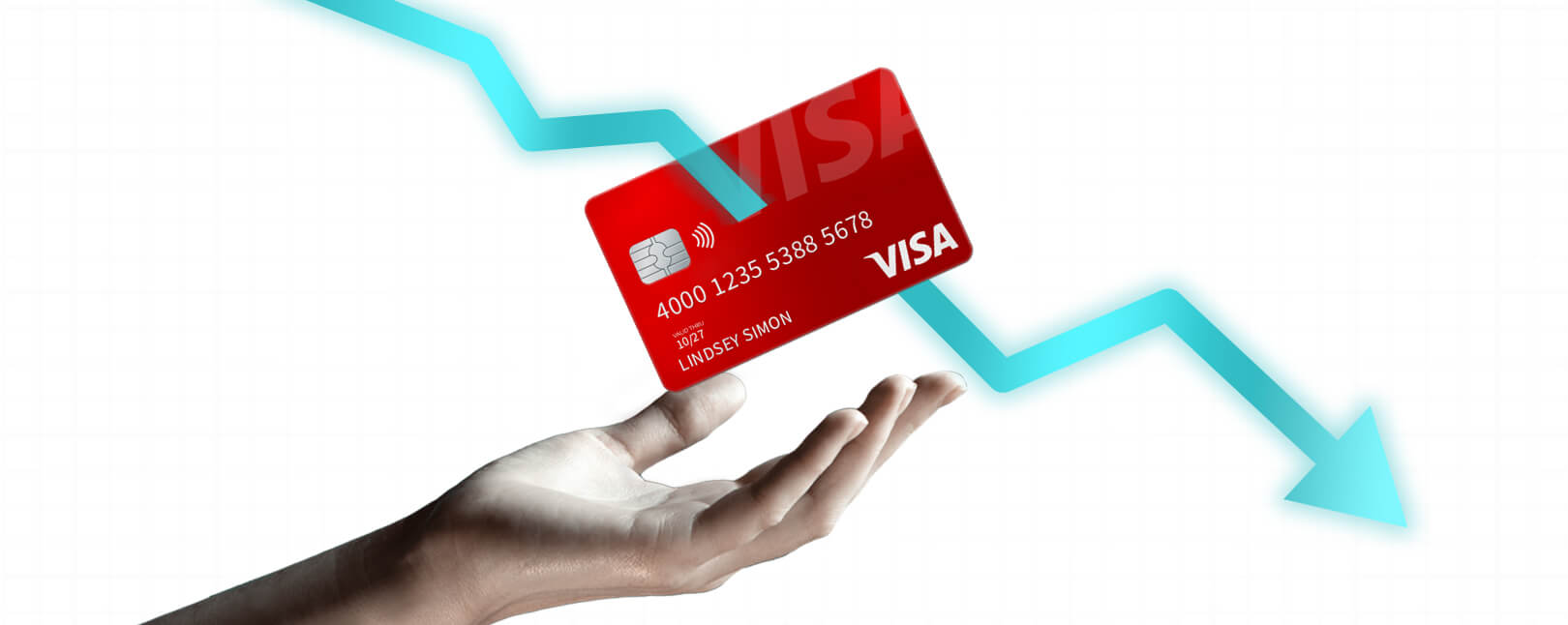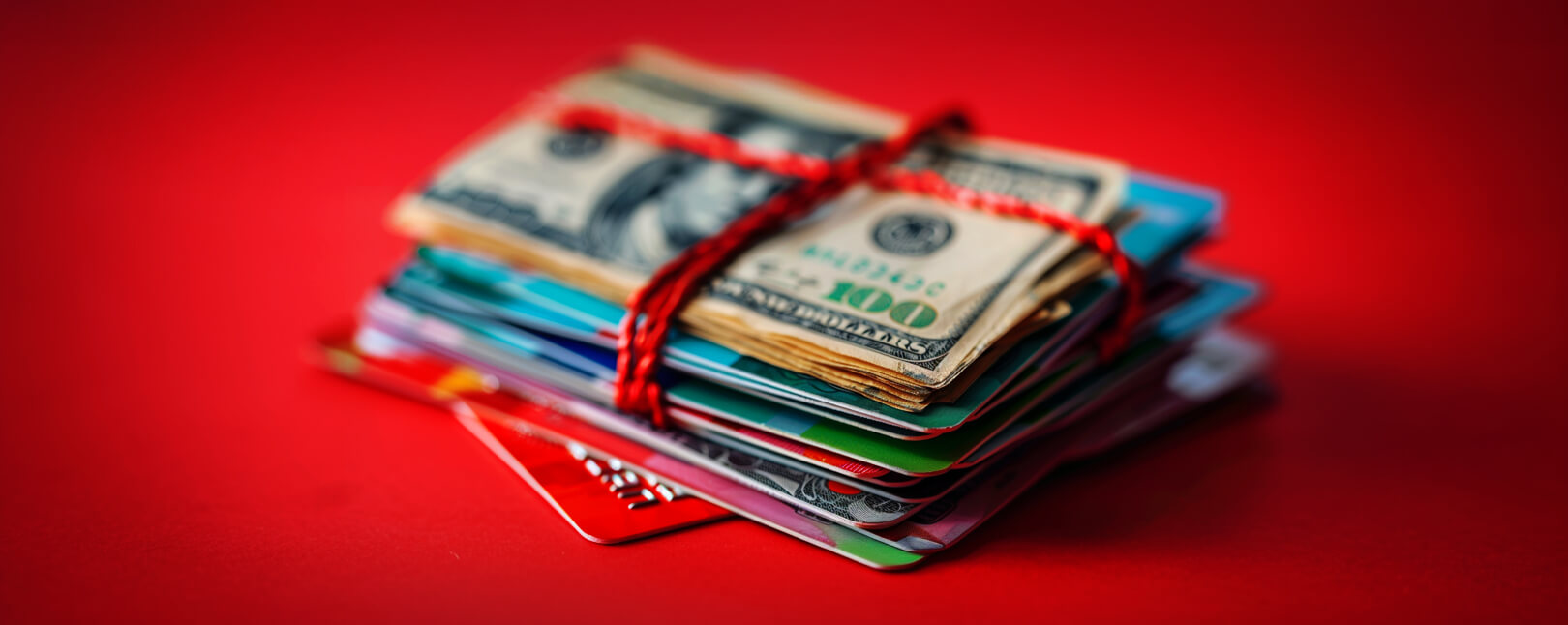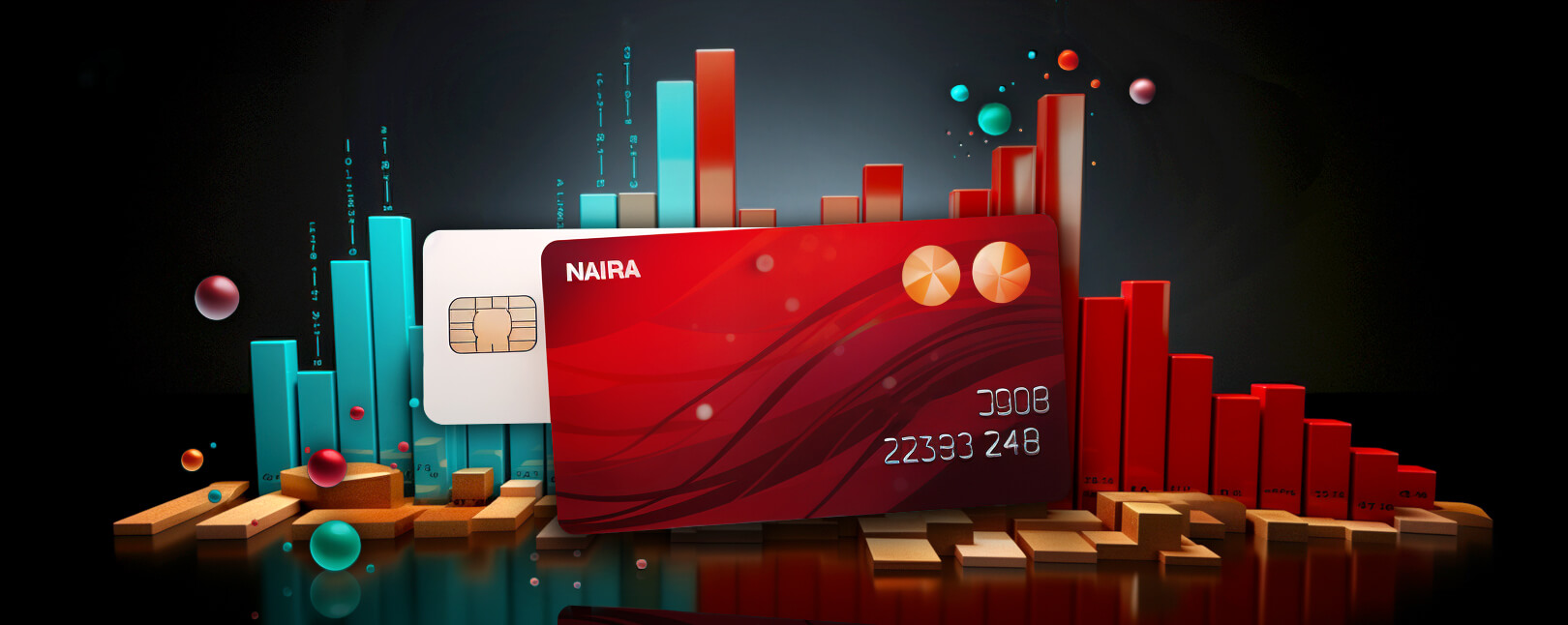Reduce Your Credit Card Decline Rate WITHOUT Seeing a Surge in Fraud Attempts
Every declined credit card transaction represents more than a lost sale. It’s a lost opportunity to build a positive relationship with a customer.
Card declines can really put a damper on that process and severely impact your customer experience. That’s why it’s important to keep track of each decline and take steps to try and prevent them.
Do you know your credit card decline rate? What does it say about your business, and what can you do to bring that number down? Let’s find out.
Recommended reading
What is a Credit Card Decline Rate?
- Credit Card Decline Rate
A credit card decline rate represents the cumulative number of declined credit card transactions a merchant attempts, as a portion of the total number of transactions in a given period of time. Credit and debit cards may be declined for a lack of funds available in the cardholder’s account, incorrect payment information or PIN entries, outdated AVS information, or other complication.
[noun]/kre • dət • kard • də • klīn • rāt/A customer’s credit card can be denied for several reasons. Your payment processor or merchant services provider will communicate electronically with the cardholder’s bank to determine the viability of each transaction. This information will then be relayed to you via a credit card decline code.
Your decline rate represents the total number of declines you process in a given period. This is important to know; keeping your decline rate as low as possible helps:
Limit Customer
Dissatisfaction
Decrease
Disputes
Increase
Revenue
Your decline rate could be used to calculate how often specific decline codes are being provided to you. As we’ll see in the next section, your decline rate can be a key indicator that can help you resolve problems and capture more sales.
At What Rate Are Credit and Debit Cards Declined?
It’s difficult to get any solid figures for average credit card decline rates. On one hand, data from Visa and Mastercard suggest that around 15% of recurring payment attempts are declined. It gets more complicated when we drill down to the reasons for declines, though.
The actual percentage of declined transactions across all payment industries and verticals varies. It’s dependent on the specific card networks and processors involved in the reporting process. Some verticals report much higher decline rates than others, and some fail to report at all.
Below, we’ve outlined an approximate projection of the most commonly issued credit card decline codes, and the rate at which banks issue them:
As we see, about four out of every five credit card declines are due either to a generic decline (“Do Not Honor”) message, or to insufficient funds in the cardholder’s account. In the latter case, it’s usually because the transaction has tripped the bank’s fraud detection mechanisms, and may be a case of fraud. In the latter case, it’s simply because there are not enough funds in the customer’s bank account to cover the cost of the transaction.
Furthermore, FlexPay surveyed credit card approval rates across multiple US states back in 2019. Looking at the data, we see a mean approval rate of about 87%. This would imply that the national credit card decline rate hovers right around that 15% mark published by Visa and Mastercard.
Although there are bound to be some differentiation of these figures between credit and debit cards, the disparity is relatively negligible.
Why Credit Card Decline Rates Matter
Many of the decline codes you might receive are outside of your control. If the cardholder’s bank responds to your authorization request with a “Do Not Honor” or “Exceeds Approval Amount Limit” message, then you should comply without question.
Still, a lot of time, hard work, and money goes into every sale. A declined order translates to:
Lost transaction fees
Wasted advertising and marketing costs
Resources for customer loyalty programs wasted
Lost revenue to declined orders
According to a survey from Profitwell, credit card declines were the leading cause of customer churn among subscription businesses accounting. They account for 20-40% of churn and cancellations.
You want to avoid declines wherever possible. Tracking your credit card decline rate, and the rate at which you receive specific codes, can help you diagnose problems and resolve them.
For instance, if you see an uptick in your card decline rate tied to decline code “94 — Duplicate Transmission,” you may need to examine your authorization request process for potential errors. Or, if you receive multiple rejected authorization requests with code “3 — Invalid Merchant,” you need to contact your bank right away.
Keep this in mind: even if many decline code responses are not your fault, most customers will be unaware of all the decline codes and the various explanations banks may have for them. To the cardholder, getting declined can be a negative experience that they’ll associate with your business. So, stopping declines from happening whenever possible is a crucial practice.
What Should You Do About Credit Card Declines?
As we mentioned above, there are many issues that could lead to a card decline. A decline might be the result of an issue on the cardholder's end. Or, it could be due to input errors on your part, like mis-entered details for a manual card entry, or duplicated transactions.
Other roadblocks could result from damaged cards or incorrectly entered customer credentials. Some could even occur during the communication process between banks.
In any case, it’s best to err on the side of caution. You can try requesting authorization again, but never try to force through a transaction without authorization approval. When in doubt, it’s best to ask for another form of verification and payment.
The bank may also ask you to take the card or destroy it in cases of suspected fraud. In these situations, you should probably just cancel the sale outright.
Finally, even if you receive authorization, you should keep a record of every transaction. Submit them for automated fraud screening, and flag any that seem suspect for further investigation.
Odds are, if fraud was attempted, the fraudster may try to use the card again, or defraud another merchant later on. If the situation calls for it, you can inform the authorities and report it to the Federal Trade Commission.
Reducing Your Credit Card Decline Rate
You don’t have to accept a high credit card decline rate as a fact of accepting payment cards.
Aiming to limit declines can help you hone your customer service experience. It can also help you reduce churn, increase profits, and improve relationships with credit networks and banks.
Adopting a few best practices can help lower your overall credit card decline rate and protect your bottom line. These include:
Reduce Risk. Improve Relationships. Recover Revenue.
Ultimately, only you can diagnose how much you stand to lose due to avoidable authorization declines. How you use that data to better insulate your business from future losses, is also up to you— and extremely important.
That said: managing risk is not something you have to tackle alone. The key is to partner with the right service provider to help you mitigate both problems as part of a broader strategy.
Chargebacks911® offers the industry’s only data-driven, fully managed solution for chargebacks. We combine advanced, proprietary machine learning with human expertise, developing customized strategies to manage chargebacks and fraud. And it’s all backed by a 100% ROI guarantee. Click below and get started today.
FAQs
What percent of credit card transactions are declined?
Data projections from multiple sources suggest that the national average credit card decline rate hovers somewhere between 15-20% of credit card transactions.
The actual percentage of declined transactions varies according to the card networks and processors involved in the reporting process. Another complicating factor is the type of business or vertical in which the merchant operates. Some verticals report much higher decline rates than others, and some fail to report at all. As a result, hard data for credit card decline rate statistics across all verticals is difficult to come by.
How do credit cards get declined?
Credit card declines happen when an issuer responds to a request for authorization with a decline code. A merchant might receive a decline code for many different reasons; some result from merchant input errors, like mis-entered details or duplicated transactions. Others could result from damaged cards or incorrectly entered customer credentials. Some could occur during the communication process between banks.
Do merchants get charged for declined transactions?
Yes and no. You do not have to an interchange fee for a declined transaction. That said, every payment you initiate will feature attached fees. Aside from the interchange fee charged by your card network and processor, you could also be charged additional fees by your bank if the customer’s card is declined, or you have to process a refund.














